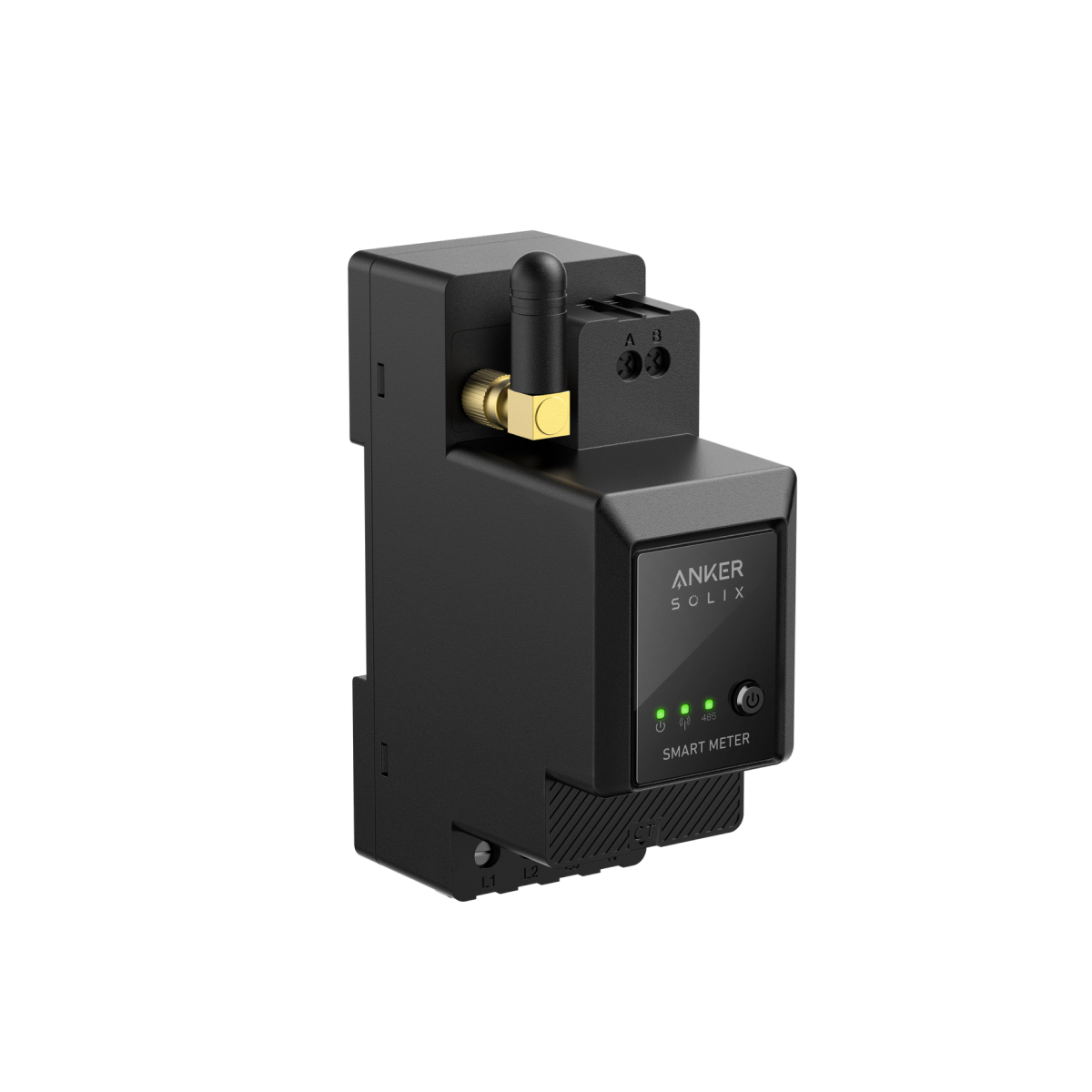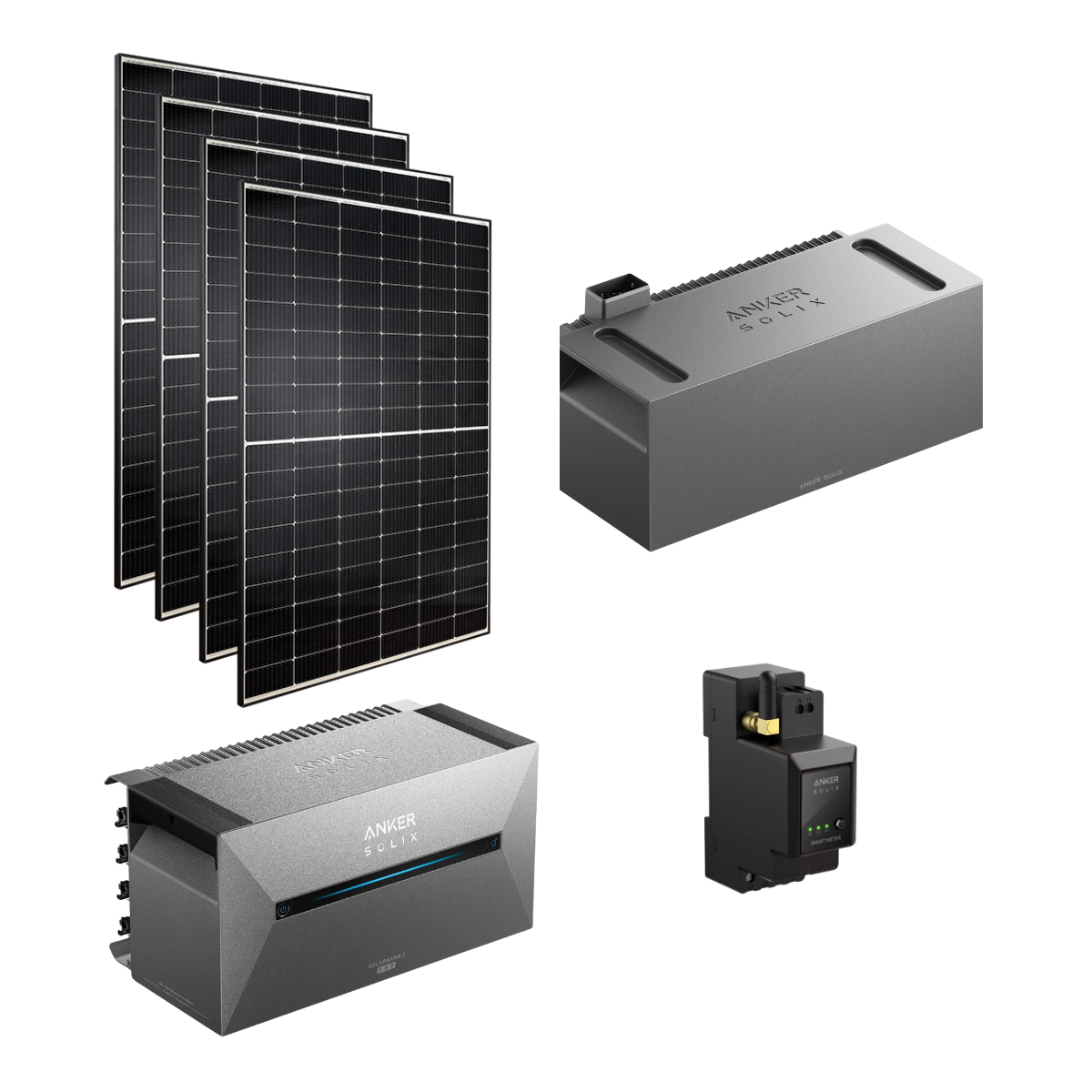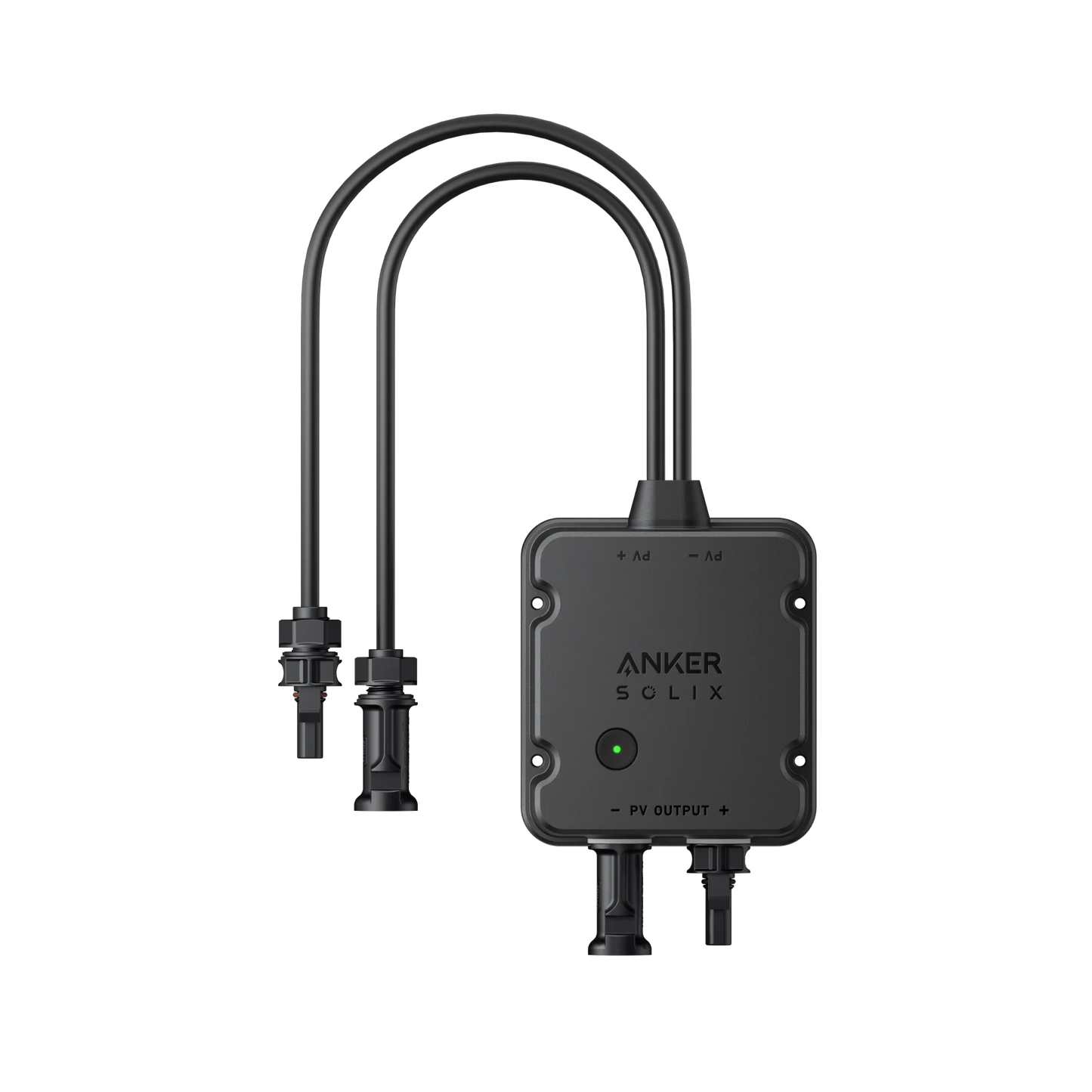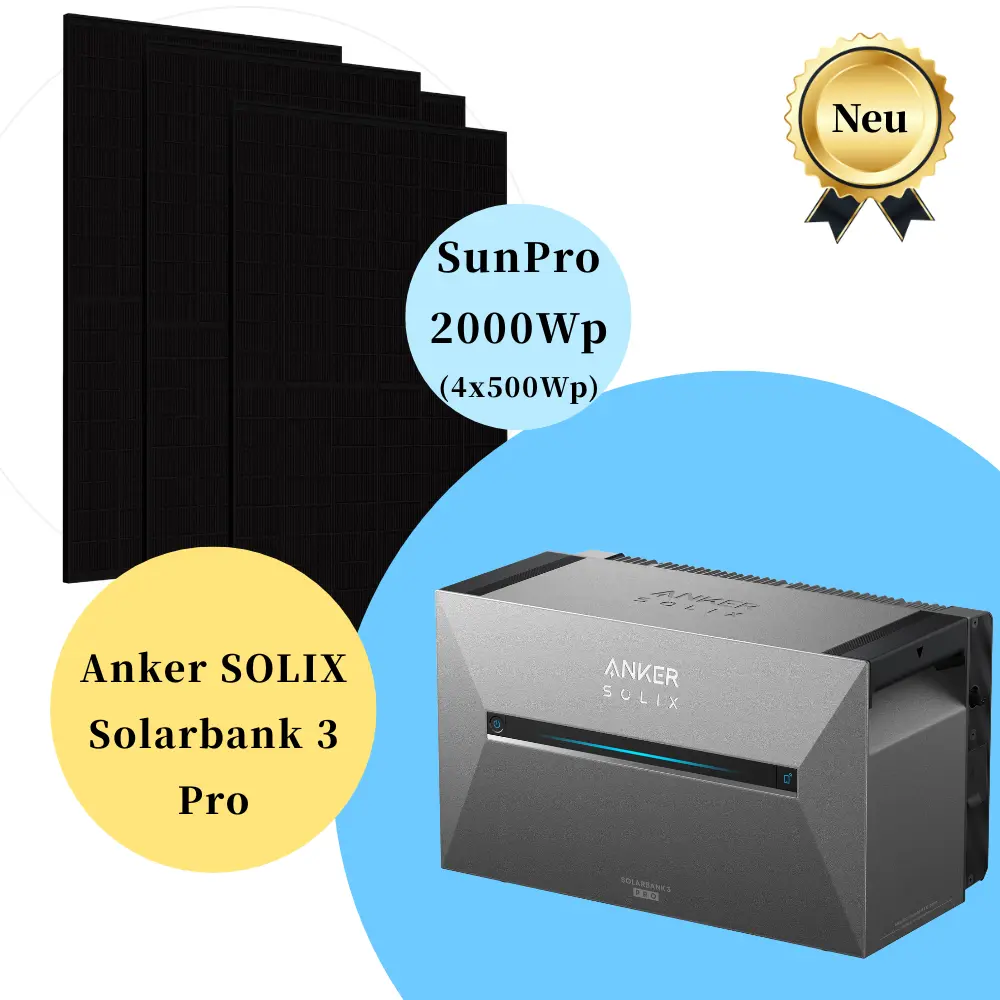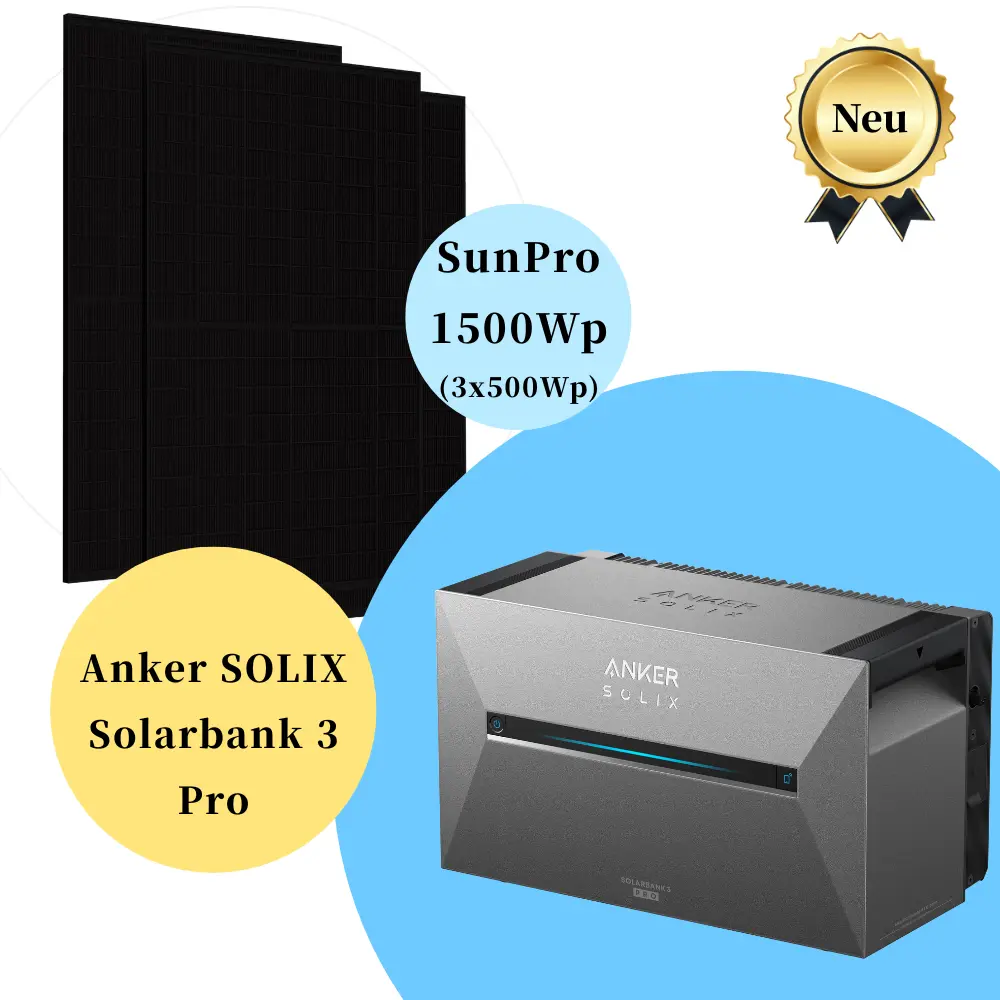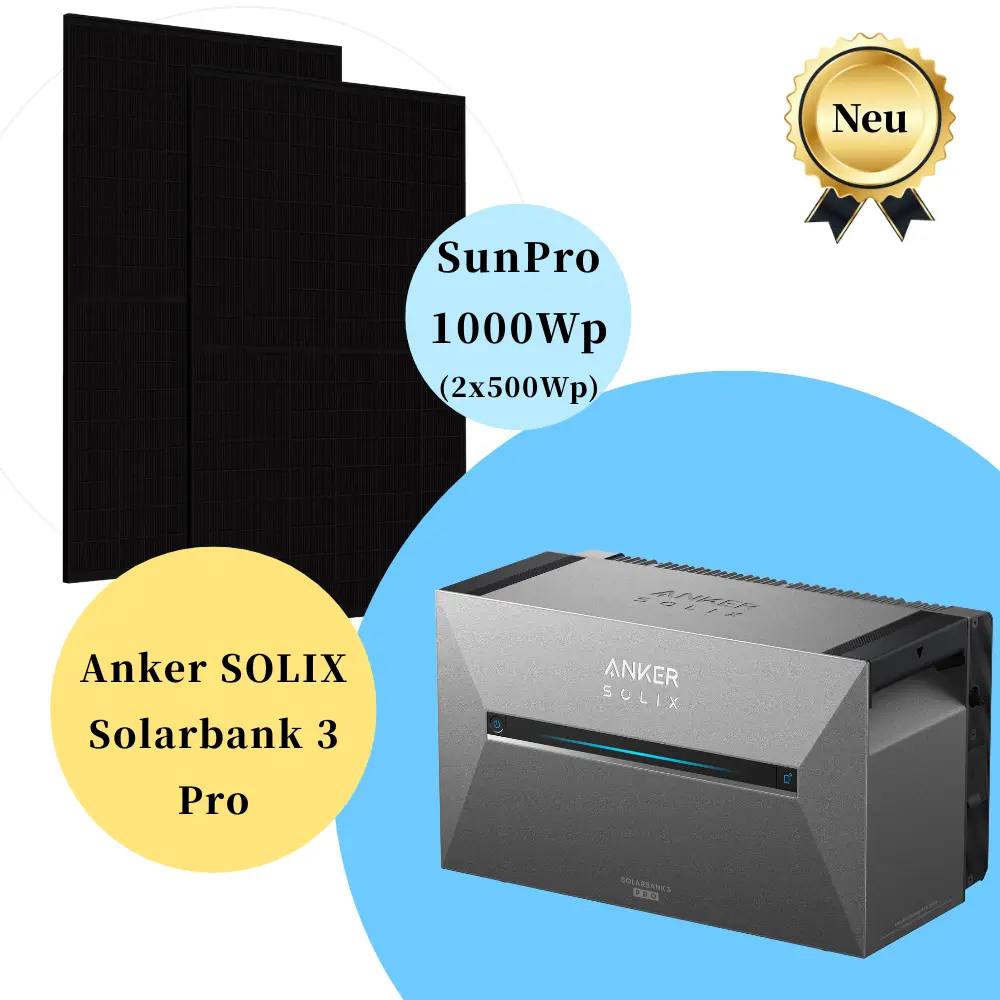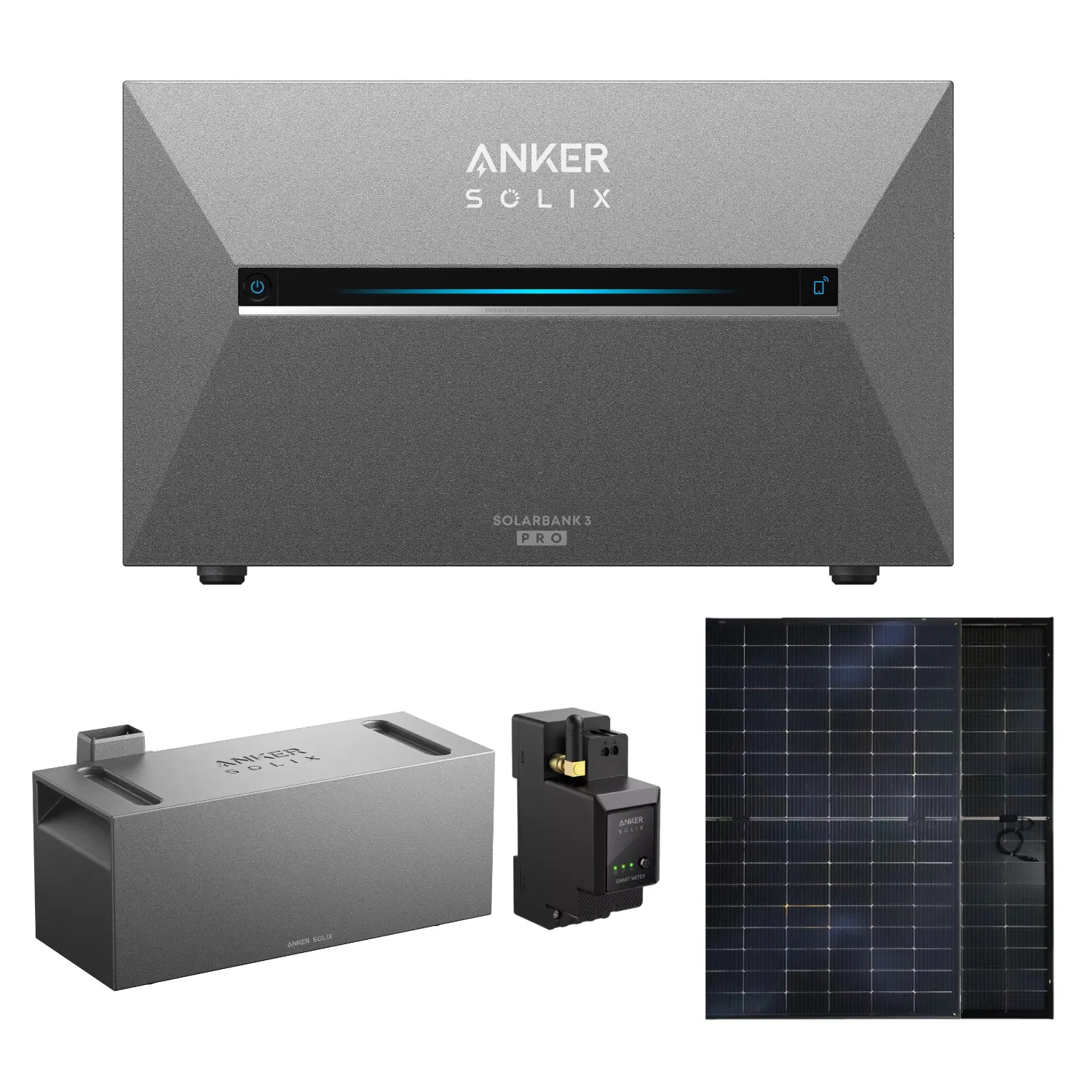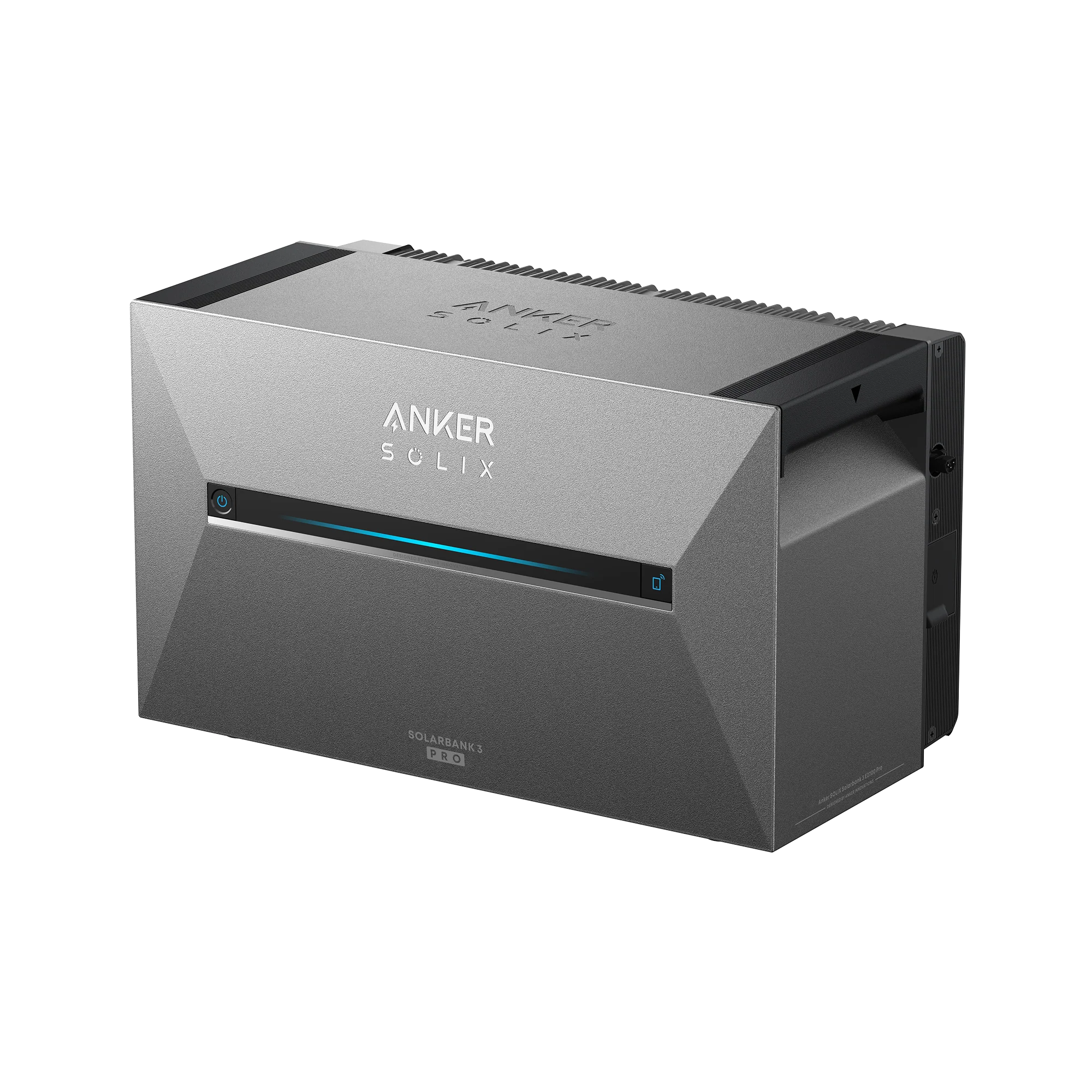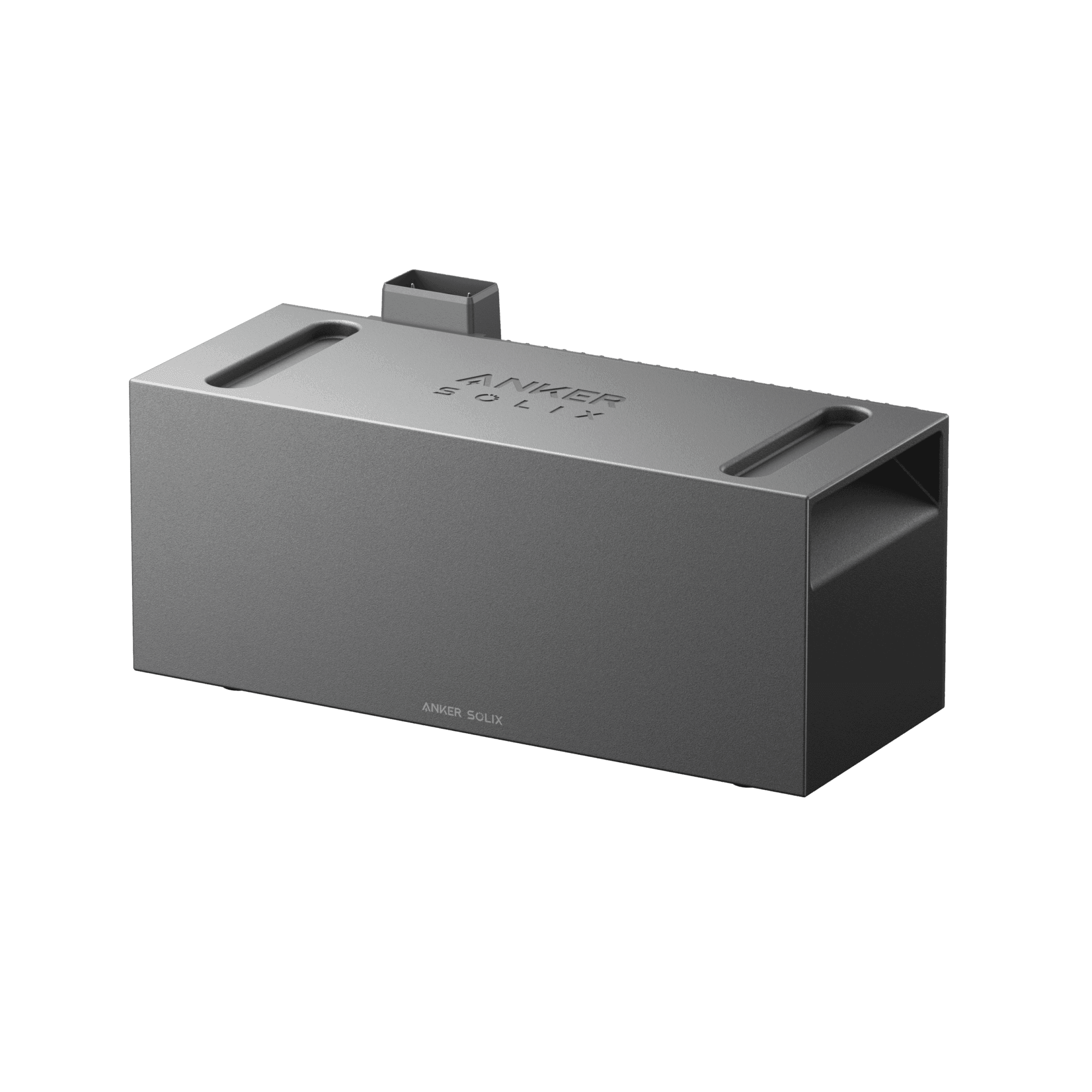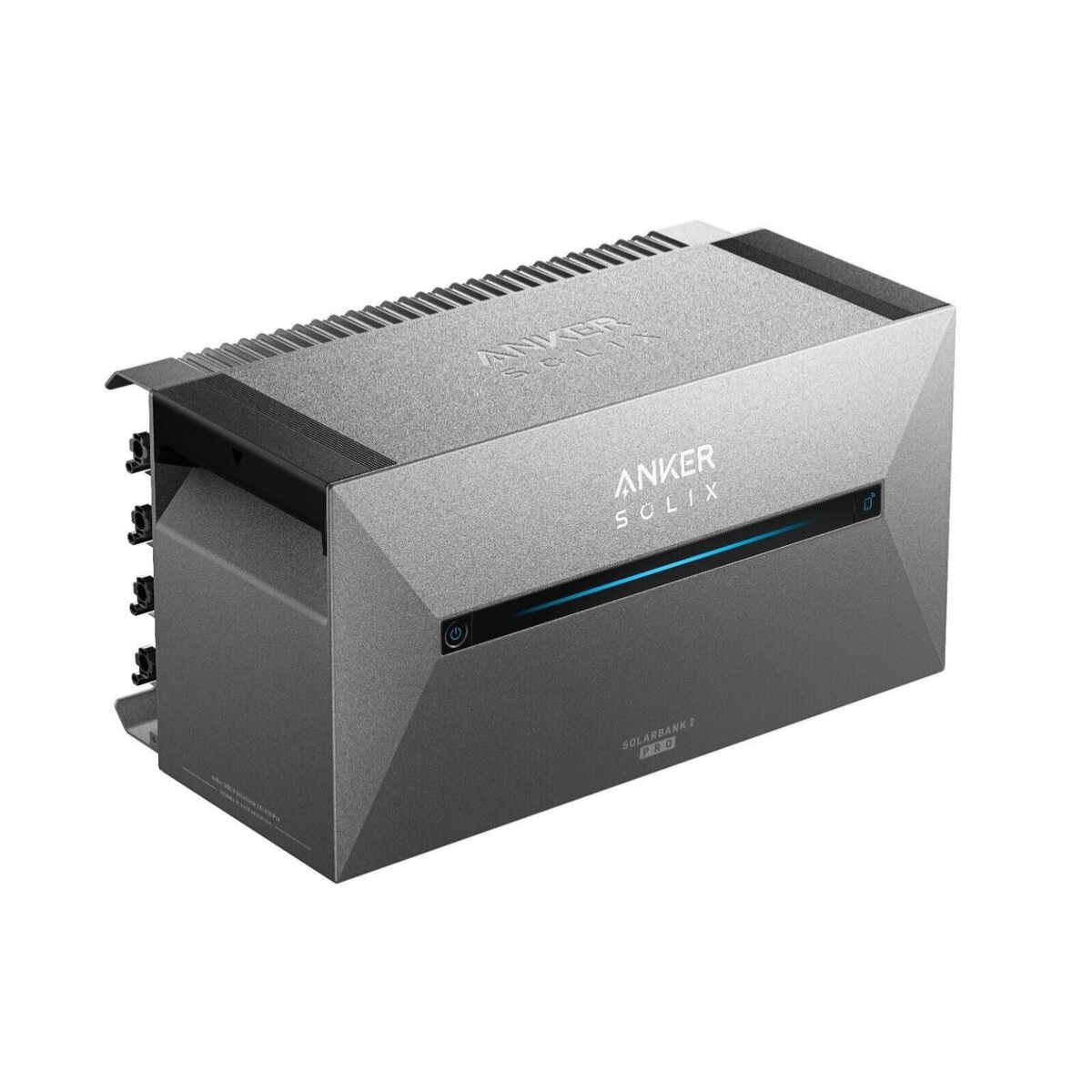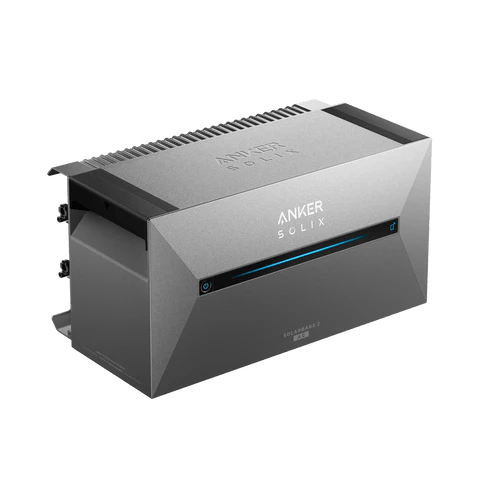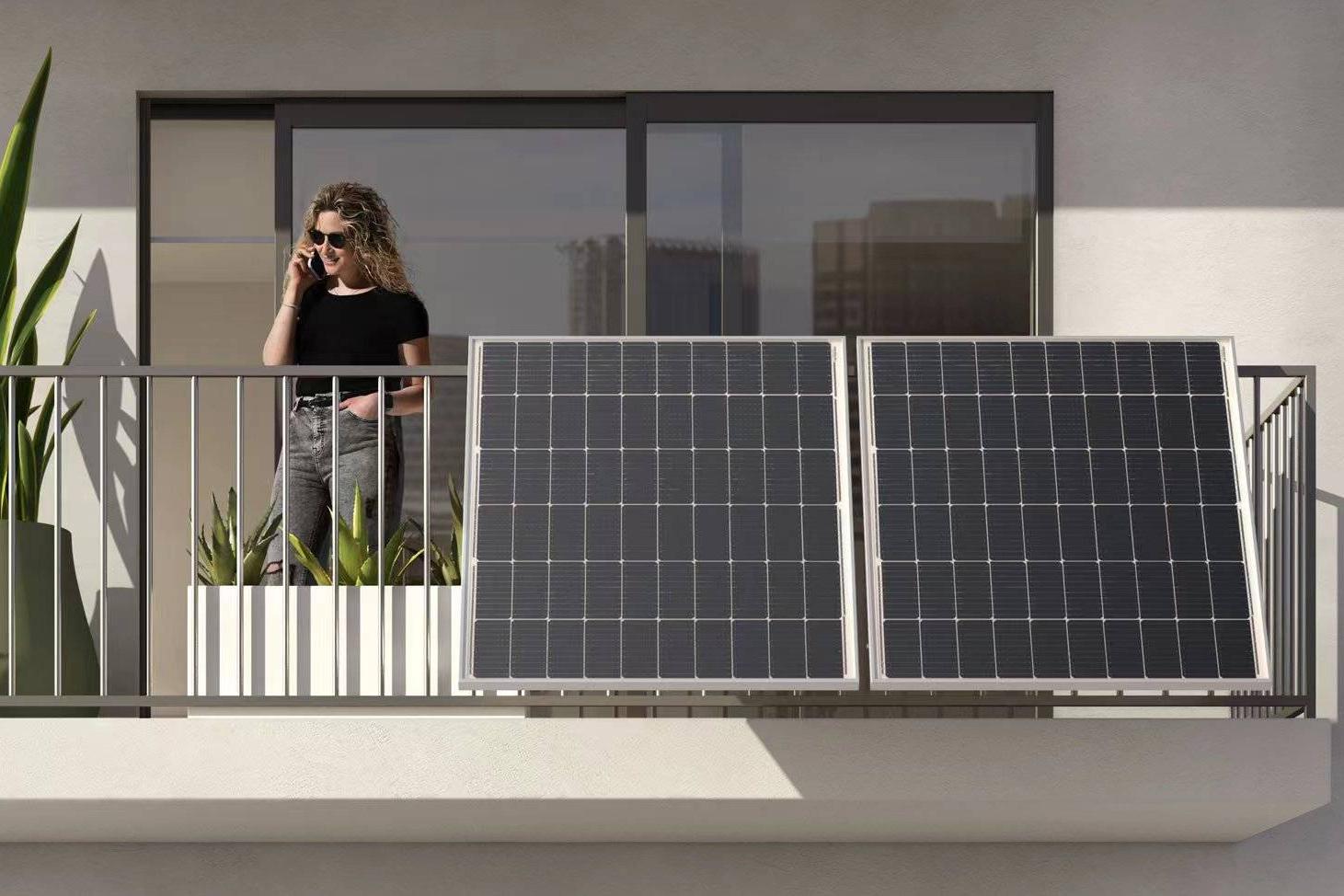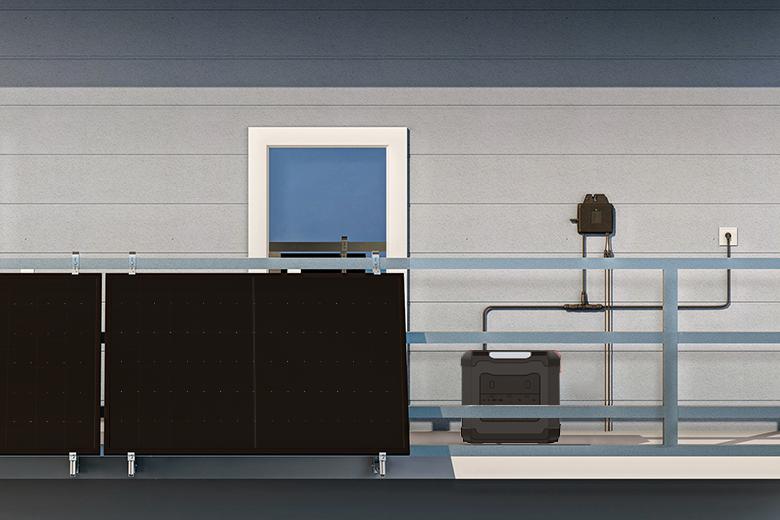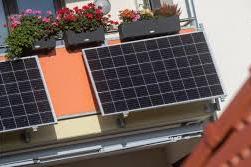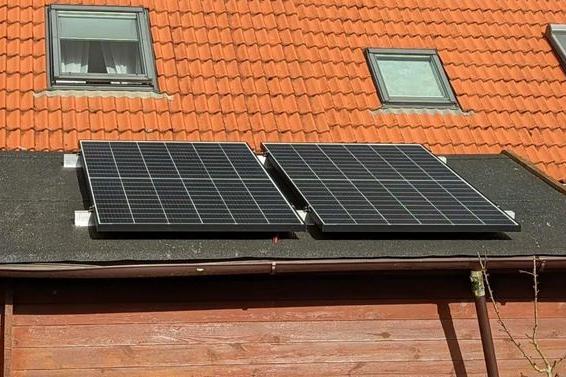Blog & News
Calculating self-sufficiency and degree of self-sufficiency with PV: What is possible?
In times of rising and fluctuating electricity prices, more and more PV system operators are trying to increase their self-sufficiency. This allows them to become less dependent on electricity supplies and achieve price stability. Here, we'll explain what self-sufficiency is and how to calculate the degree of self-sufficiency in PV systems.
What does self-sufficiency mean in photovoltaics?
In the context of a solar power system, self-sufficiency refers to the degree of independence a system operator has from the power grid. The more solar power you use, the more self-sufficient you are. If you consume all of the self-generated solar power, this is called complete self-sufficiency. Your degree of self-sufficiency determines your level of self-sufficiency. This indicates the proportion of self-consumption to total electricity consumption.
How do I calculate the degree of self-sufficiency with PV?
To calculate the degree of self-sufficiency with PV, divide your self-consumption by your total consumption. To determine the self-consumption of a PV system, subtract the electricity fed into the grid from the electricity generated. The higher the degree of self-sufficiency, the more electricity is self-generated relative to total demand.
The formula for calculating the degree of self-sufficiency is:
- Degree of self-sufficiency (%) = self-consumption (kWh) / total consumption (kWh) * 100
The average self-sufficiency of a PV system is 30%. If you increase your self-consumption, for example, using a PV storage system, you also increase your self-sufficiency.
| Characteristic | PV system without storage | PV system with storage |
| Self-consumption | 1,500 kWh | 3,500 kWh |
| Total consumption | 5,000 kWh | 5,000 kWh |
| Degree of self-sufficiency | 30% | 70% |
Alternatively, you can also measure your level of self-sufficiency with the Independence calculator of the HTW Berlin easy to determine.
What is a good and realistic level of self-sufficiency?
A level of self-sufficiency of 70 to 80% is desirable due to high electricity prices. The self-sufficiency of a PV system without storage is 30 to 40%. A PV system with storage achieves a level of self-sufficiency of 70 to 80%.
Is 100% self-sufficiency possible?
An autarky of 100% is currently only with an island system possible. Stand-alone systems have no grid connection and therefore rely solely on solar power. However, they require large PV systems and PV storage to cover electricity demand year-round. This approach is costly and economically unviable.
How can I increase my level of self-sufficiency?
There are several ways to increase the level of self-sufficiency.
Increase self-consumption
The best way to increase the level of self-sufficiency is to use more of the self-generated solar power in the householdThis makes you less dependent on electricity suppliers and reduces your electricity costs. At the same time, unlike electricity prices, you achieve price stability, as the levelized cost of electricity remains the same.
There are numerous ways to increase the level of self-sufficiency. The most popular option is to add a Power storageYou can also increase your self-consumption using a heat pump or electric car. Operators are increasingly using solar power for hot water. An energy management system is recommended for optimized self-consumption.
Add energy management system
An energy management system monitors and optimizes energy consumption for maximum performance at minimum cost. It identifies and records potential energy savings. It first records and analyzes energy flows and sources in the household. It then develops and implements improved consumption profiles.
Technical planning and installation of the PV system
Proper planning and installation are essential for the efficient operation of a PV system. Firstly, the individual components must be correctly dimensioned, and secondly, all system components must be coordinated with one another. Professional installation of the system is then essential. Otherwise, performance losses and reduced yields are likely, which can compromise the level of self-sufficiency.
What is the difference between self-sufficiency and self-consumption?
The degree of self-sufficiency indicates the proportion of Self-consumption of total consumption. The self-consumption rate indicates the proportion of self-consumption compared to the amount of solar power generated. Typically, the degree of self-sufficiency is higher than the self-consumption rate. The higher the self-consumption, the closer the degree of self-sufficiency and the self-consumption rate are to each other.
Based on a Example calculation We'll show you the difference between the self-consumption rate and the degree of self-sufficiency. Let's assume the following:
- Annual electricity consumption: 5,000 kWh
- Annual PV yield: 6,000 kWh
- Annual self-consumption: 2,000 kWh
In this case, the degree of self-sufficiency is % and the self-consumption rate is %.
- Degree of self-sufficiency = Annual self-consumption / Annual electricity consumption * 100 = 2,000 kWh / 5,000 kWh = 40%
- Self-consumption rate = Annual self-consumption / Annual PV yield = 2,000 kWh / 6,000 kWh = 33%

